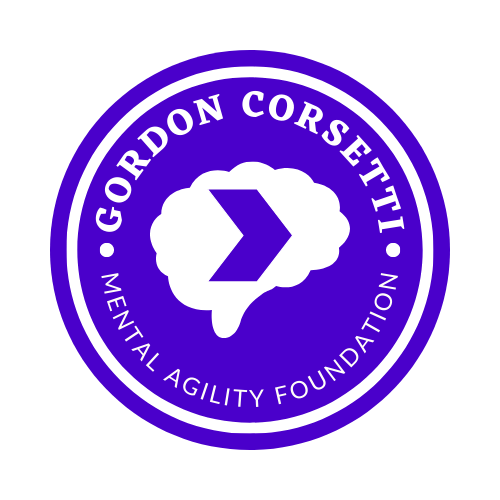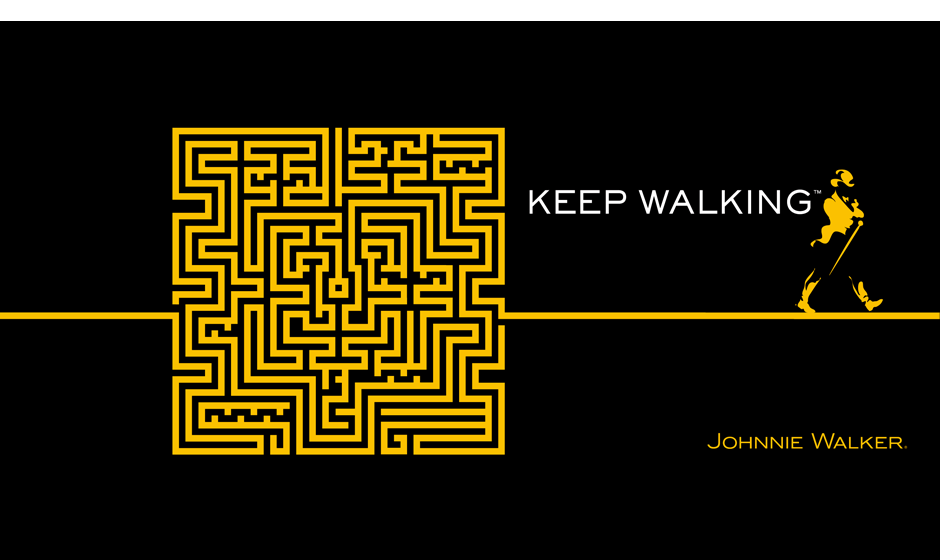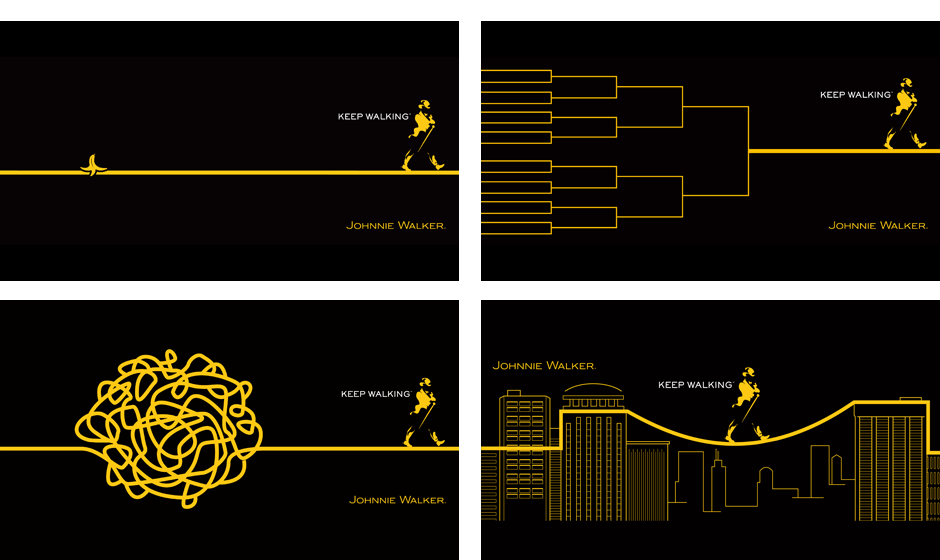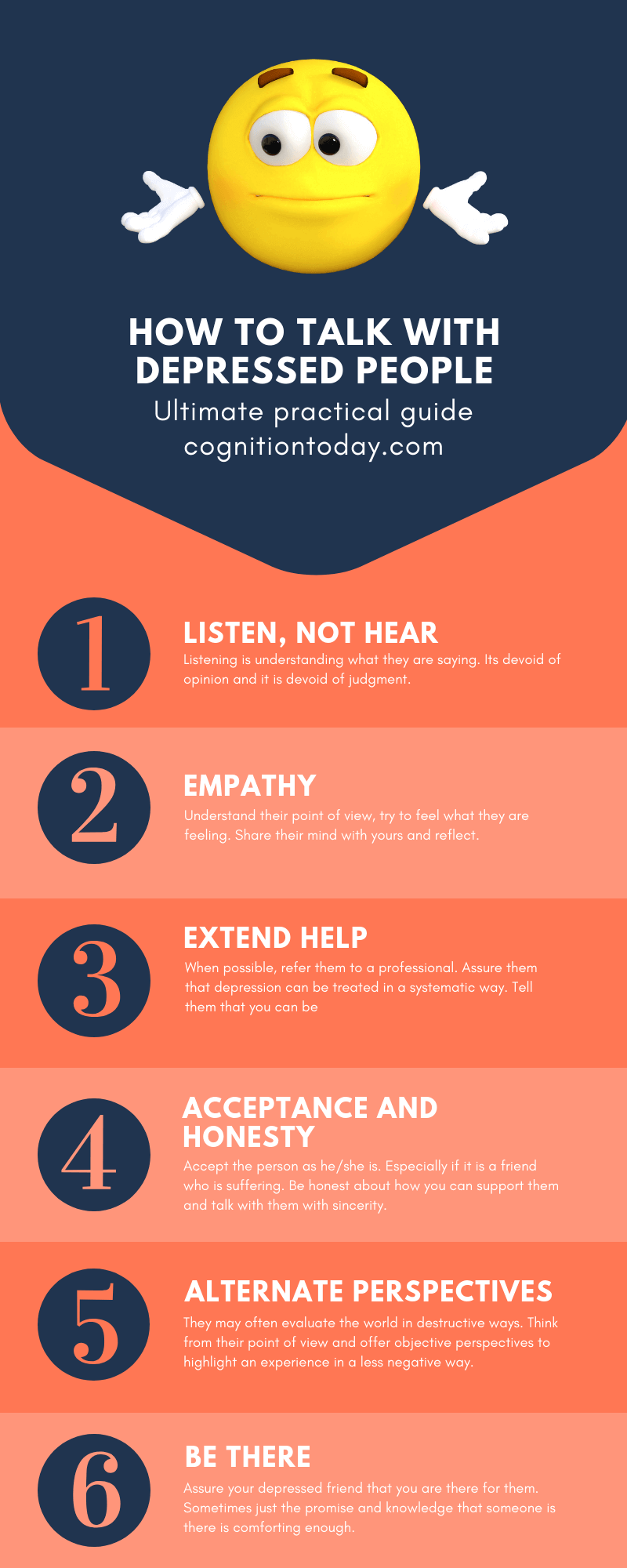Mental Agility Workshops
/“The mind can go either direction under stress—toward positive or toward negative: on or off. Think of it as a spectrum whose extremes are unconsciousness at the negative end and hyperconsciousness at the positive end. The way the mind will lean under stress is strongly influenced by training.” - Frank Herbert
I detest the phrase “mental toughness.” I find it lacking.
It is used to falsely empower both kids and adults with the idea that they must endure whatever they face, regardless of the potential damage to be inflicted upon them. This phrase has also spawned many other, and equally useless, phrases:
“I got this, just keep piling stuff on me.” - Atlas
Life is hard, get a helmet
Be a man (for young boys)
Be more assertive, but don’t be bossy (for young girls)
Tough it out
Suck it up
Deal with it
Other people have it worse
I think we say these things because our grandparents told our parents, our parents told us, and now we, in turn, tell the next generation.
The unsaid part is to continue doing whatever it is you are doing. Don’t think, just do. Don’t take advantage of your brain, the most complicated organ found in any animal species on this planet. Just put your head down, get tough, and you will pull through.
This advice may be practical at certain times in life, but it is by no means a panacea.
I’ve been punched in the face before. Plenty of times in kickboxing. Not once did my instructor tell me, “That’s kickboxing, tough it out.” Instead, he taught me how to move, how to evade, how to counterattack. I would absorb some damage while bobbing and weaving, but I worked to maximize damage against my opponent, while minimizing damage to myself.
What if, instead of “mental toughness,” we taught Mental Agility? The development of a nimble mind that can quickly adapt to changing circumstances using a combination of breath work, body awareness, meditation, mindfulness, journaling and visualization.
If a business organization taught these skills, their workers would be able to adapt to a changing market.
If a sports team were taught these skills, their competitive advantage would increase over other teams.
If a person learned these skills, they can put down the helmet that everyone said is needed to get through life.
I have a plan for workshops geared toward professionals, student-athletes, and individuals. At these workshops people will learn how the brain works, what the stress response is, how to hack the mind, and how to use their body to influence their mental state for the better.
For my permanent recovery from mental illness, I only use what works. I’ve done the research, read the studies, and integrated many different disciplines into my daily life in order to keep my depressed, anxious, and suicidal thoughts to manageable levels.
Since these mind hacks work for someone with a severe mental illness, they will work for anyone.




























